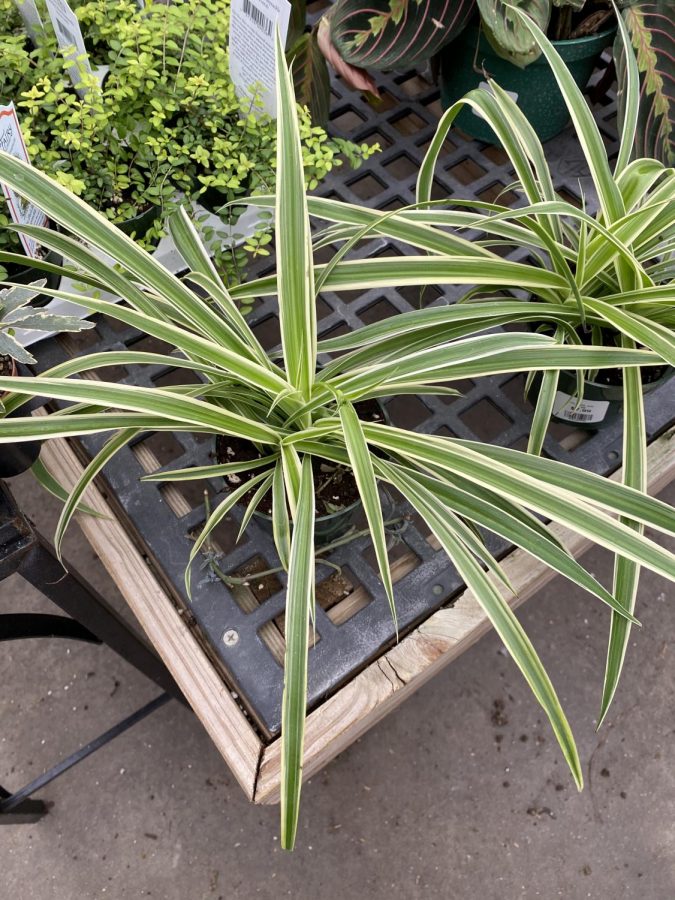Easy-Care Air Purifying Houseplants
November 24, 2020
With little to do during a pandemic and cold weather coming up, one may find it difficult to find something to focus on, or a hobby. One way of occupying oneself is by taking care of plants. However, a lot of people shy away from that because of the fear of the difficult and their plants dying on them. With negligence, plants begin to die; however, there are a lot of indoor plants that not only are easy to take care of but also are beneficial to your home.
Pothos
Pothos is one of the most common plants that are easy to take care of. Firstly, pothos should be grown indoors, not in direct sunlight. Pothos does not grow well in the dirt that is constantly moist; if it misses a day or two of watering, no problem. The plant can be very tolerant, however, does not enjoy being in a pot that gathers water, so it is important to keep them in a self-draining pot.
Snake Plant
When choosing a snake plant, the color of the leaves can indicate the plant’s health. The darker leaves, the better health the plant is in; pale leaves indicate poor health. They require free-draining soil mixtures; however, if possible they can also be placed in a soil-less potting mixture. Be sure to also remove any excess water from the saucer if there. Snake plants can survive in conditions similar to pothos-nearly being forgotten about. They are tolerant in a variety of light conditions indoors, however do best when in indirect sunlight. Snake plants thrive well even with little watering, however grow best when the soil is watered only when the soil feels dry.
Spider Plant
Spider plants prefer to be allowed to dry out after watering, so do not over-water the plant. If placed in indirect sunlight and drained soil, they can grow and flourish well. The leaves should have vibrant green and lighter green stripes. If it appears to have pale leaves while purchasing, look for a healthier plant; pale leaves indicate poor health and dehydration.
Succulents
The common misconception about succulents is that they are difficult to take care of and are time consuming; however with minimal effort, succulents can be easy to care for, while providing air purification. When shopping for a succulent, ensure the leaves are plump or stiff. The proper way to water a succulent is to completely cover the area with water until fully soaked. It is important to drain the excess water that begins to gather at the bottom so the plant is able to flourish. The easiest way to tell if a succulent is dehydrated is if the leaves are rubbery or limp to the touch. Dehydration can also be indicated if the leaves are shriveled and dry looking. On the other hand, if a succulent is over-watered, it’s leaves will change color, typically darker.













